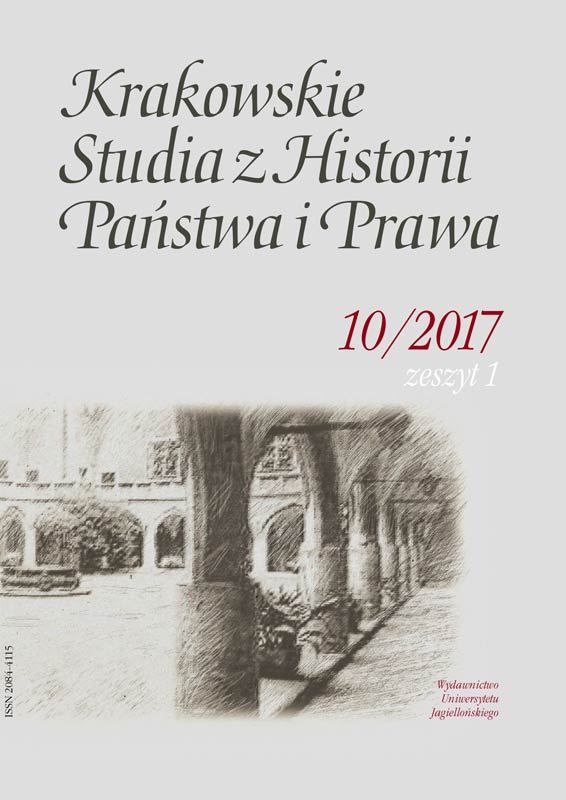Weltliche oder konfessionelle Schule? Der Streit um den Religionsunterricht in der Donaumonarchie nach der Ära des Liberalismus
Secular or Confessional? The Dispute over Education in the Habsburg Monarchy of the Post-Liberal Era
Author(s): Andrzej DziadzioSubject(s): Education, Cultural history, Social history, Modern Age
Published by: Wydawnictwo Uniwersytetu Jagiellońskiego
Keywords: the Habsburg monarchy; religious education; Catholic church; secularity of education;school;
Summary/Abstract: The concept of secular state was formed in Austria in the second half of the 19th century amidst a conflict between the liberals and the Catholic church. Cutting the influence of the church on the state and public life was an important postulate of the programme of rebuilding the political system. The liberals were opposing the church as an institution that led to a situation in which the public policy and the legal system was predicated on the Catholic doctrine. The liberals’ approach was anti-clerical, but not anti-catholic, as the majority of them were of Catholic creed.The Austrian liberals did not oppose religious education, but they were advocating the rights of non-Catholics (Protestants, Jews, non-religious) by reducing the advantage of the Catholic church. The formation of an anti-liberal coalition in the 1879s lead to partial changes in the functioning of public schools. In 1883, on the initiative of the government, the Austrian parliament amended the Public School Act from 1869. Apart from organizational changes aimed at simplifying the didactic process, the liberal party strongly criticized section 48 of the amended act. According to the liberals, it could serve as a basis for subordinating the public school again to the Catholic church. It stated that “a school principal can be appointed only from among the teachers that proved a talent for teaching the religion that prevails among the students.” This effectively meant that the school principal had to be of the same religious creed as the majority of the pupils.The liberals argued that the amendment will put the public school back under the control of the Catholic church. A common theme of all parliamentary speeches against the reformed act was an allegation that it pushes public education back to the times when the church was the sole decision-maker in matters of teaching. The liberal party viewed the aforementioned regulation as an attack of the new ruling coalition on the constitutional legal order. They believed it violated the constitutional guarantee of equal access to public offices.The 1883 discussion on the amendment of the Public School Act led to deep political polarization in the parliament. Although the liberals’ reaction may have been somewhat excessive, as the proposed changes did not substantially alter the state character of the school, their concerns turned out to be well founded. Over time, the conservative government tried to strengthen the religious character of public schools by extending compulsory religious education on the children of non-religious people.The rise of anti-clericalism in the late 19th and early 20th century was a reaction to the politics of the ruling dynasty. The Habsburgs, facing another political crisis, turned to the Catholic church, hoping it will stand for traditional values and the monarchy. The conservative government also received partial support from the Austrian tribunals of public law. The attempt to partially secularize the public education system by precedent-setting verdicts was therefore unsuccessful.
Journal: Krakowskie Studia z Historii Państwa i Prawa
- Issue Year: 10/2017
- Issue No: 1
- Page Range: 31-47
- Page Count: 17
- Language: German

